

A Gastro Obscura Guide to São Miguel
A magical island where the pineapples are perfect, the tea is purple, and the stew is cooked with volcanic heat.
As your plane descends onto the island of São Miguel, the largest and most populated island in Portugal’s Azores archipelago, the first thing you’ll notice are verdant rolling hills. These not only give the island its nickname, Ilha Verde, or “Green Island,” they’re a preview of the edible delights that await. A product of the Azorean archipelago’s tropical climate and soil, the lush landscape is home to a dazzling array of fruit, vegetables, and tea plants. And those hills? They’re remnants of São Miguel’s explosive origins, since a volcanic eruption gave the island its current shape 50,000 years ago.
São Miguel still hisses with geothermal power, in the form of mineral-rich hot springs and bubbling calderas. Locals have made an art of harnessing this natural resource, for bathing, for drinking, and, most ingeniously, for cooking.
At just 300 square miles, the island is easily explored by car. In the span of several hours, you can dive along cliffs overlooking the azure Atlantic, immense crater lakes, and fields of vibrant flowers. But don’t get sidetracked: Stay on course with this culinary road trip, and you’ll be rewarded with a caldera-cooked stew, one of the world’s sweetest pineapples, a violet volcanic tea, and more.
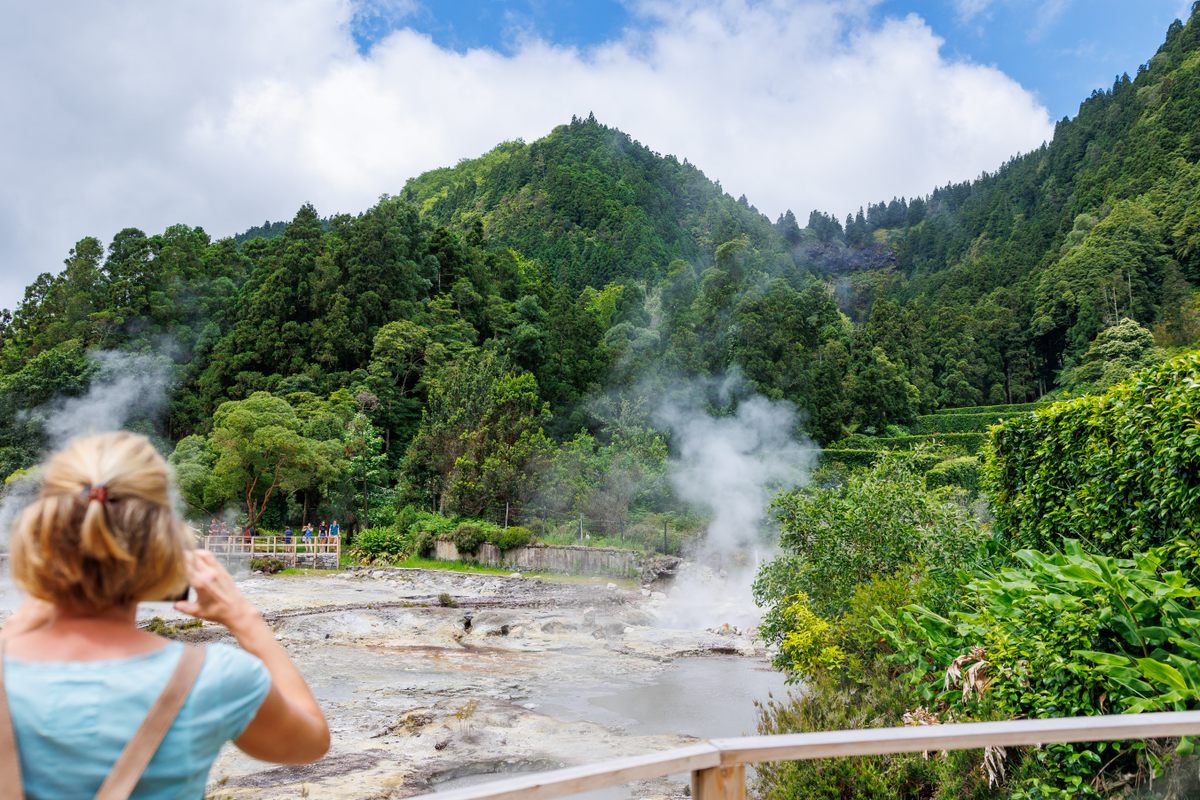
Cash Crops
For years, São Miguel’s star export was the orange. But after a blight destroyed crops in the late 1800s, farmers looked to a new fruit that had recently been imported from Brazil: the pineapple. They built greenhouses that mimicked the heat and humidity of the plant’s native home and grew them in the fertile Azorean soil. The resulting fruit, heavy on sweetness and light on the acidity, quickly became the island’s main export crop.
Today, you can buy Azorean pineapples at restaurants and grocery stores across São Miguel. You can also visit one of the island’s pineapple plantations. Plantação de Ananás dos Açores is a five-minute drive from downtown Ponta Delgada and offers tours through its greenhouses as well as plenty of opportunities to indulge in the prickly fruit—on its own or in the form of pineapple-flavored ice cream, cocktails, and juice.

Pineapple wasn’t the only successful transplant when orange crops failed. After your pineapple experience, hop in the car and drive 30 minutes to the Gorreana Tea Plantation. Open since 1883 and the oldest still-operating tea plantation in Europe, Gorreana is a relic of São Miguel’s heyday as a tea-producing powerhouse. While Azorean producers steadily supplied Europe throughout the 1800s and into the 1950s, hardships from the aftermath of World War II decimated the industry. Today, only two producers remain—the Porto Formoso Tea Factory and Gorreana.
Today, visitors can see this history in the antique equipment on display at Gorreana’s factory and watch the traditional tea-making process.

Alchemical Brews
For exploring the island’s volcanically-cooked delights, all roads lead to Furnas, a small parish about 15 minutes from Gorreana. You’ll know you’re in the right place when you detect a slight sulfur odor in the air. The aroma comes from the area’s fumaroles, holes in the ground that emit hot gasses and vapors.
Your first stop will be Chalet da Tia Mercês. Sitting on a hill overlooking fumaroles and the River Amarela, the former 19th-century bathhouse now houses a business offering educational experiences on the Azores and tastings of local tea, honey, wine, and geothermally-cooked delicacies. The menus vary by season and availability, but past offerings have included rhubarb and citrus-banana cakes, savory puddings, and spiced oatmeal—all delicately steamed to perfection inside Furnas’s calderas.
For a colorful chemistry lesson, be sure to book a tea tasting. When servers mix Azorean green tea leaves with Furnas hot-springs water, something magical happens: Instead of adopting green tea’s typical amber hue, a unique chemical reaction produces a shockingly purple brew. (Note: The Chalet requires advance booking for all of their experiences.)
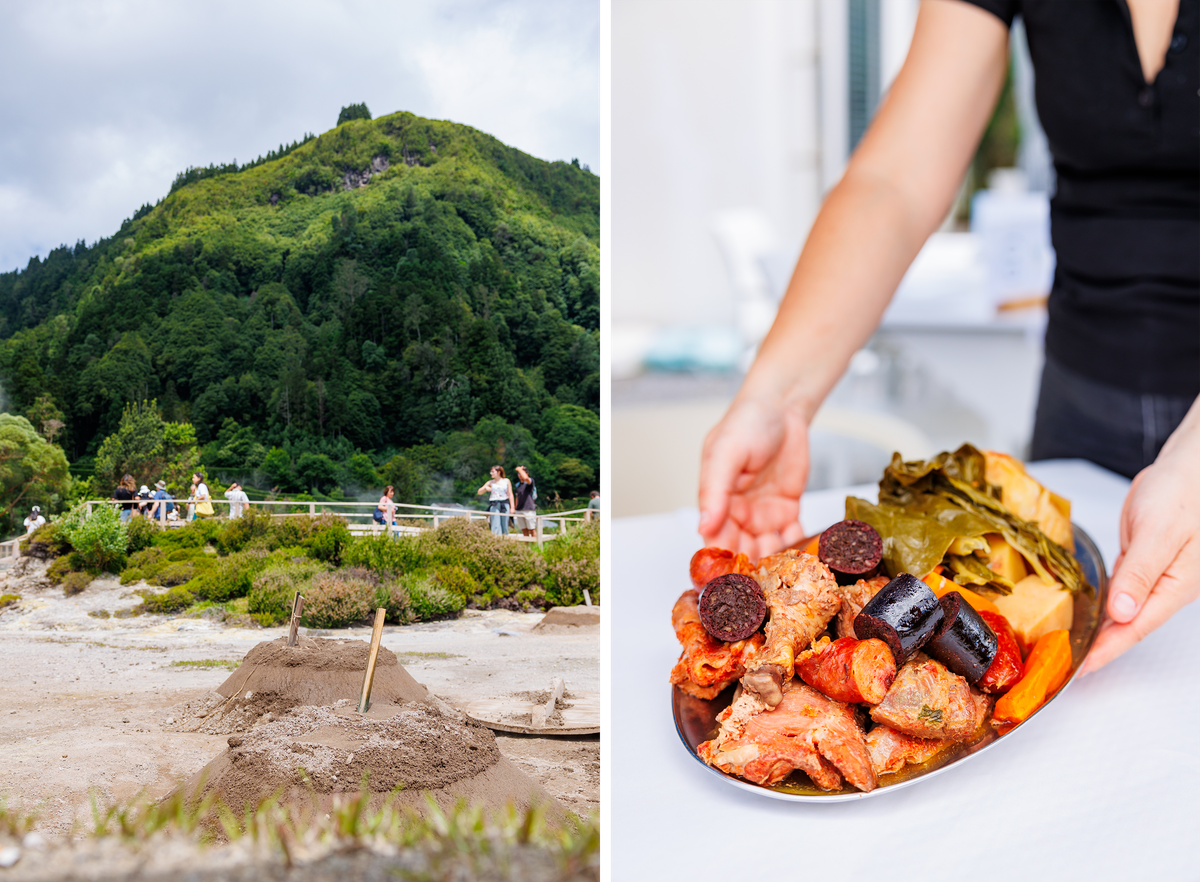
Subterranean Stew
No visit to Furnas would be complete without a stop at its crater lake, Lagoa das Furnas. The best time to visit is the early afternoon, when staff from restaurants across the island arrive in droves, shovels in hand, to retrieve lunch from the fumaroles. They walk over to several steaming mounds, kick away the dirt, and unearth large pots that have been buried underground. These pots hold the island’s most distinct culinary treasure: cozida das Furnas, or hot-springs stew.
The recipe for cozido das Furnas is simple: a combination of meat, potatoes, taro, cabbage, and carrots sprinkled with a bit of salt. But the secret to this singular meal is the six to eight hours slow-cooking in the gentle geothermal heat, yielding tender vegetables and falling-apart meat. Cooks don’t even add water or stock to their pots, since the steam pulls out the ingredients’ natural juices.
Plenty of island tours will include a trip to the fumaroles, followed by a lunch of cozida das Furnas. You can also try it at one of the island’s eateries, such as Vale das Furnas or the restaurant at the Terra Nostra Garden Hotel, which also features iron-rich (and rust-brown) springs for an invigorating soak.

Marvelous Muffins
Not all of Furnas’s delicacies rely on volcanic activity. Born in Furnas, the bolo lêvedo can be compared to an English muffin, except that it’s bigger, chewier, and sweeter. Across the Azorean archipelago, diners cook their bolos on griddles, then slather on jam and cheese at breakfast or use them for burgers or steak sandwiches at lunch. These pillowy buns have fans around the world—especially in Portuguese enclaves.
You can find bolos lêvedos at most shops in Furnas and across São Miguel. If you want to combine a workout with your carbs, try a trek at the Parque Natural da Ribeira dos Caldeirões, a 25-minute drive from Furnas. Go for the scenic waterfall, stay for the sweet, light buns at the on-site café.

Liquor Library
End your journey with happy hour. There’s no better place to sip an adult beverage than Solar Branco, a hotel that happens to house the largest “gin library” in Europe. The collection of more than 1,500 bottles includes varieties from South Africa to Scotland, Malaysia to Mexico.
Sip on Japanese apple gin, a Spanish one infused with strawberries, or a gin and tonic made with any of the bottles. If you want to support local causes while sampling the booze, try one of the house-made Ghosts of the Ocean gins, which include pineapple-and-chili, yuzu, and Azorean honey flavors. Proceeds go toward protecting the whales that live in the Azorean waters.
Like our Atlas of amazing places, the gin library is also a community project, with many of the bottles contributed by visitors. Got an interesting bottle yourself? If you bring it, you can exchange it for one of the treasures in the collection, leaving a piece of yourself on São Miguel and taking a piece of it with you.
Gastro Obscura covers the world’s most wondrous food and drink.
Sign up for our regular newsletter.


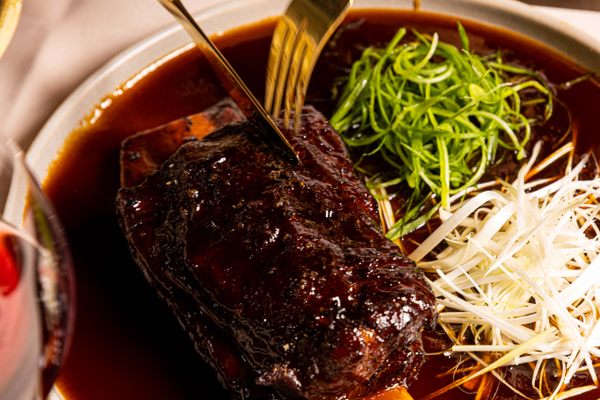

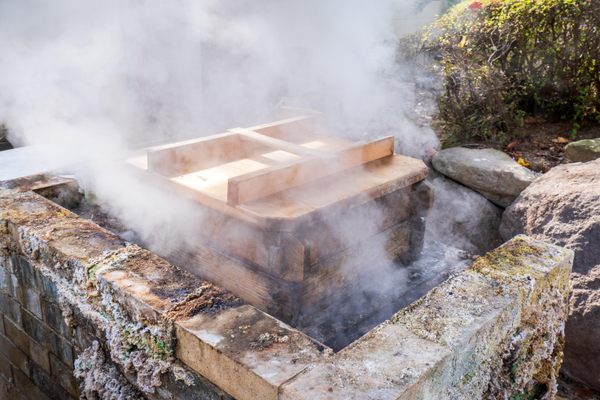
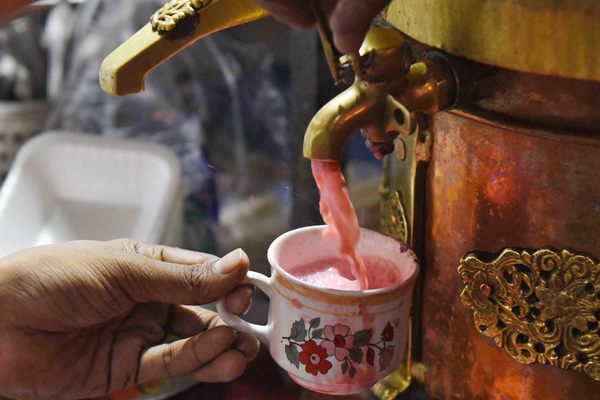













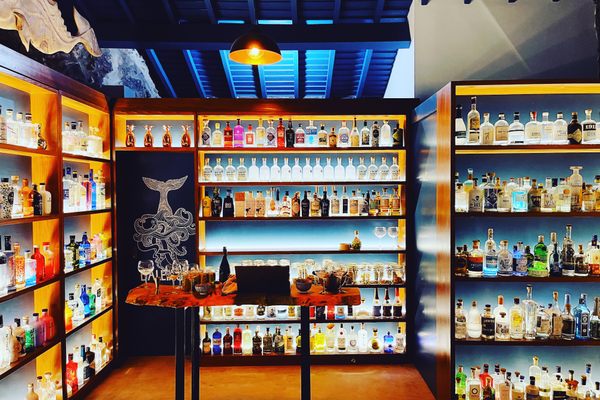

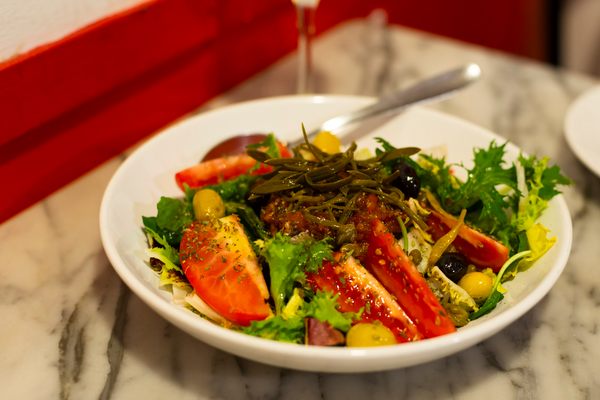
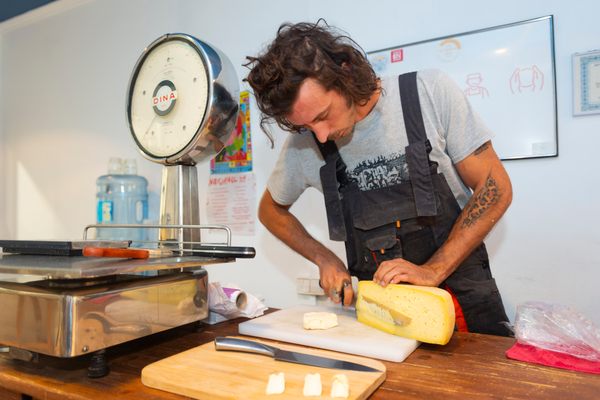


Follow us on Twitter to get the latest on the world's hidden wonders.
Like us on Facebook to get the latest on the world's hidden wonders.
Follow us on Twitter Like us on Facebook